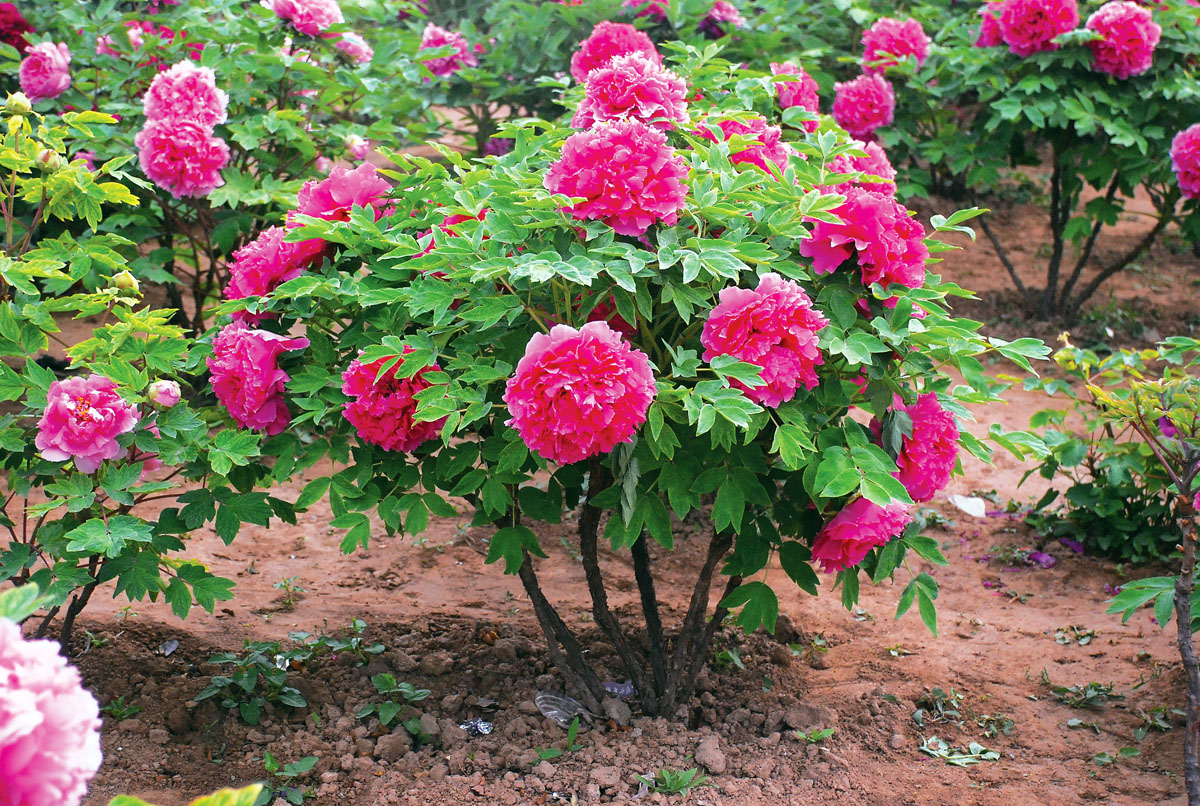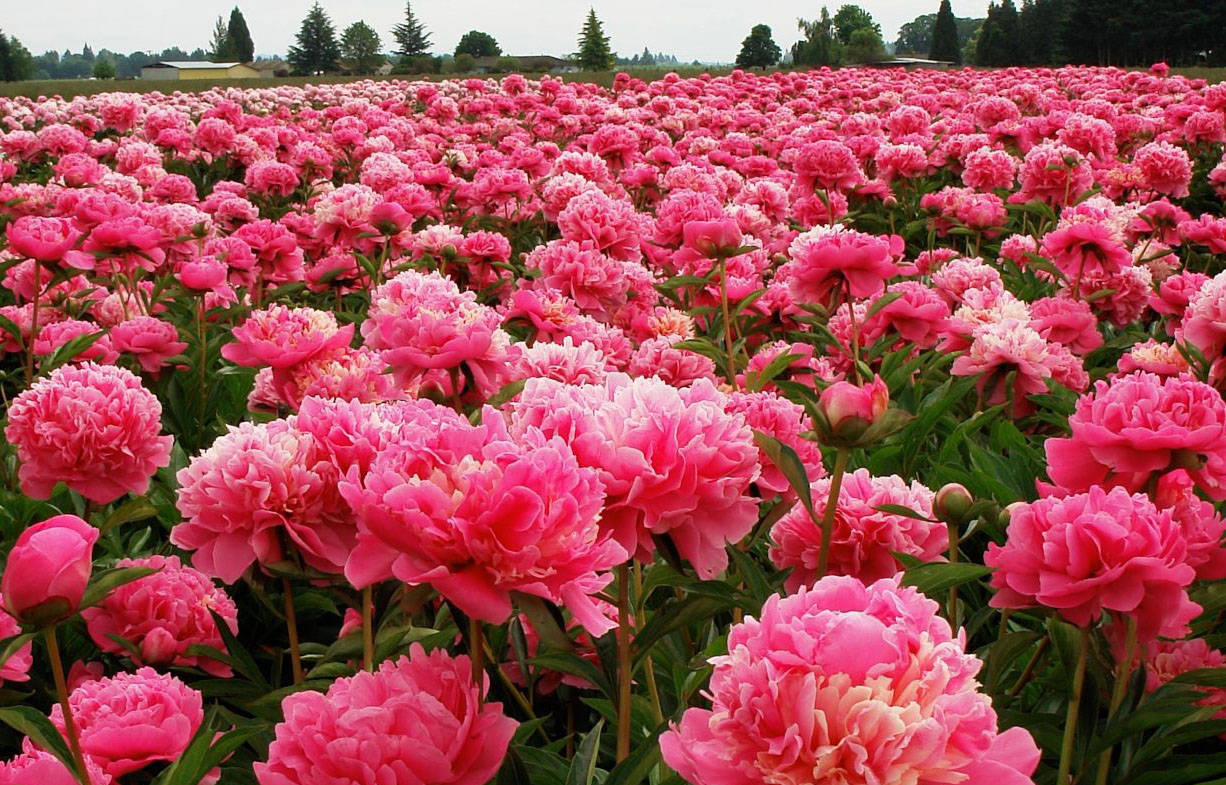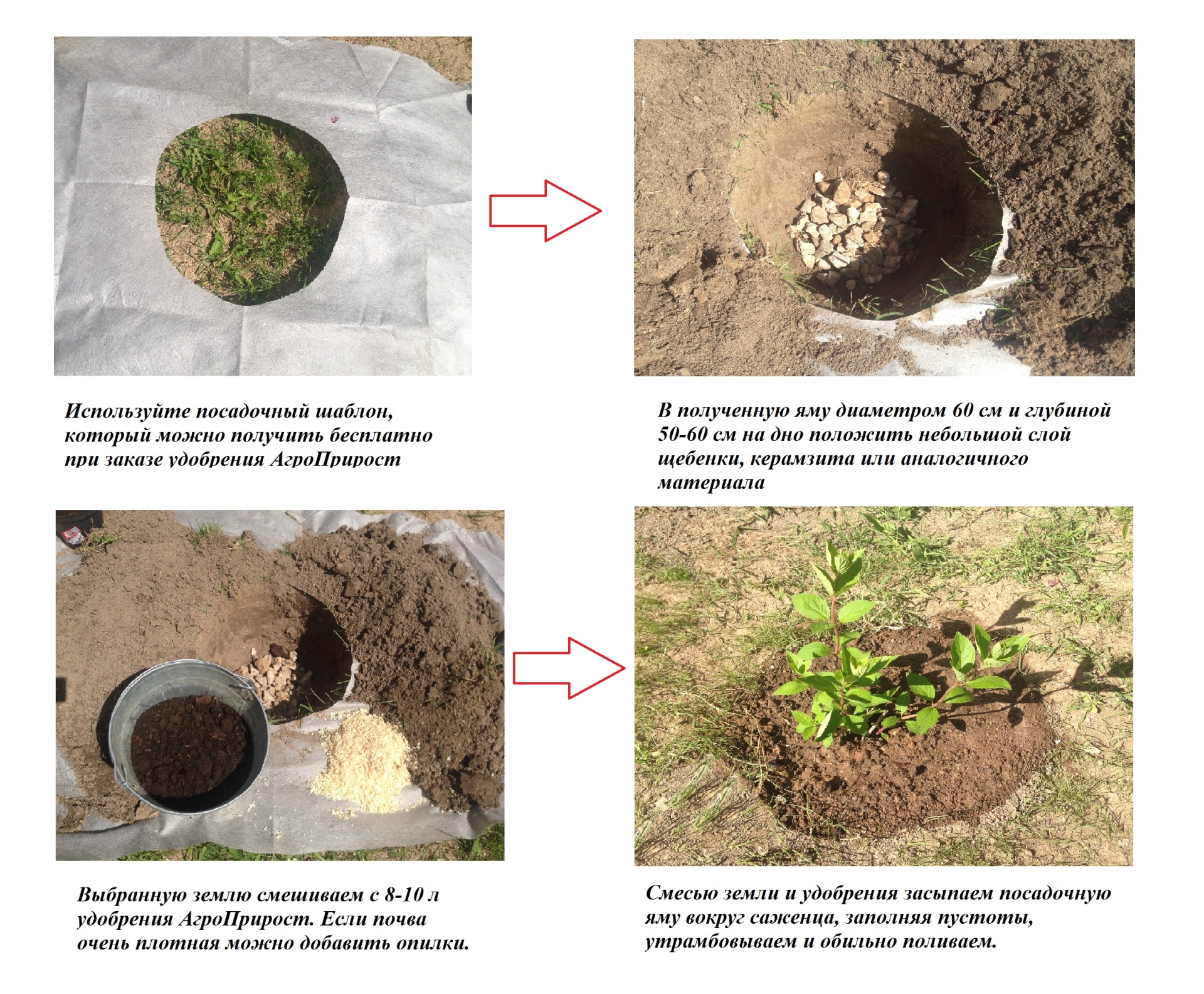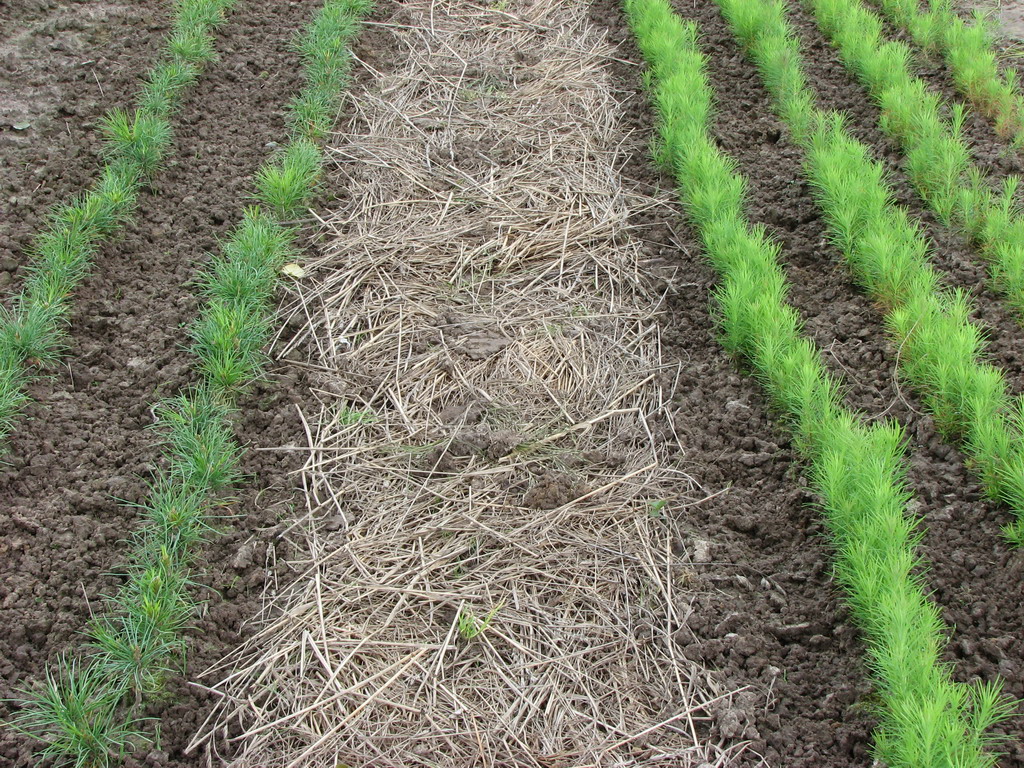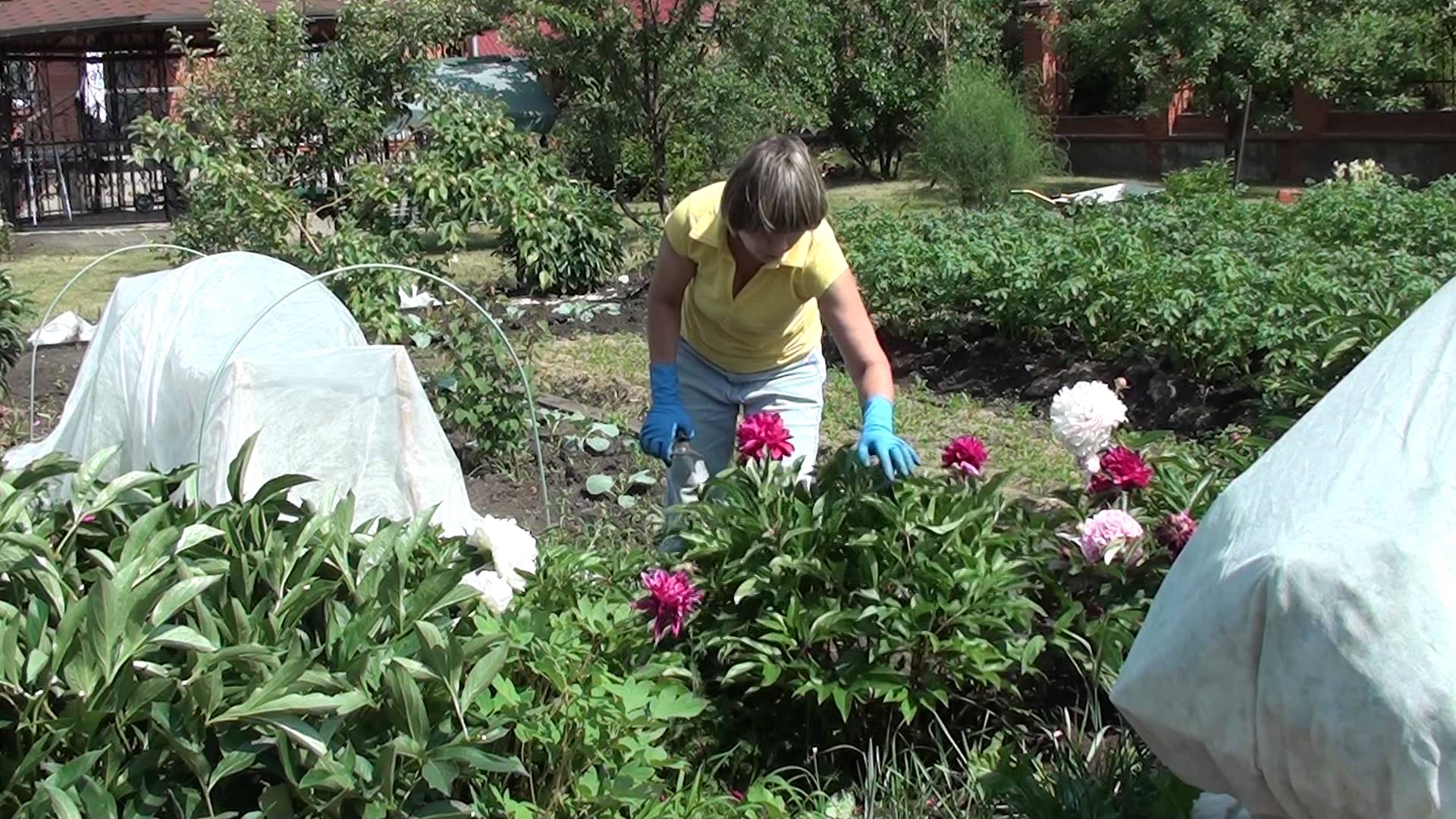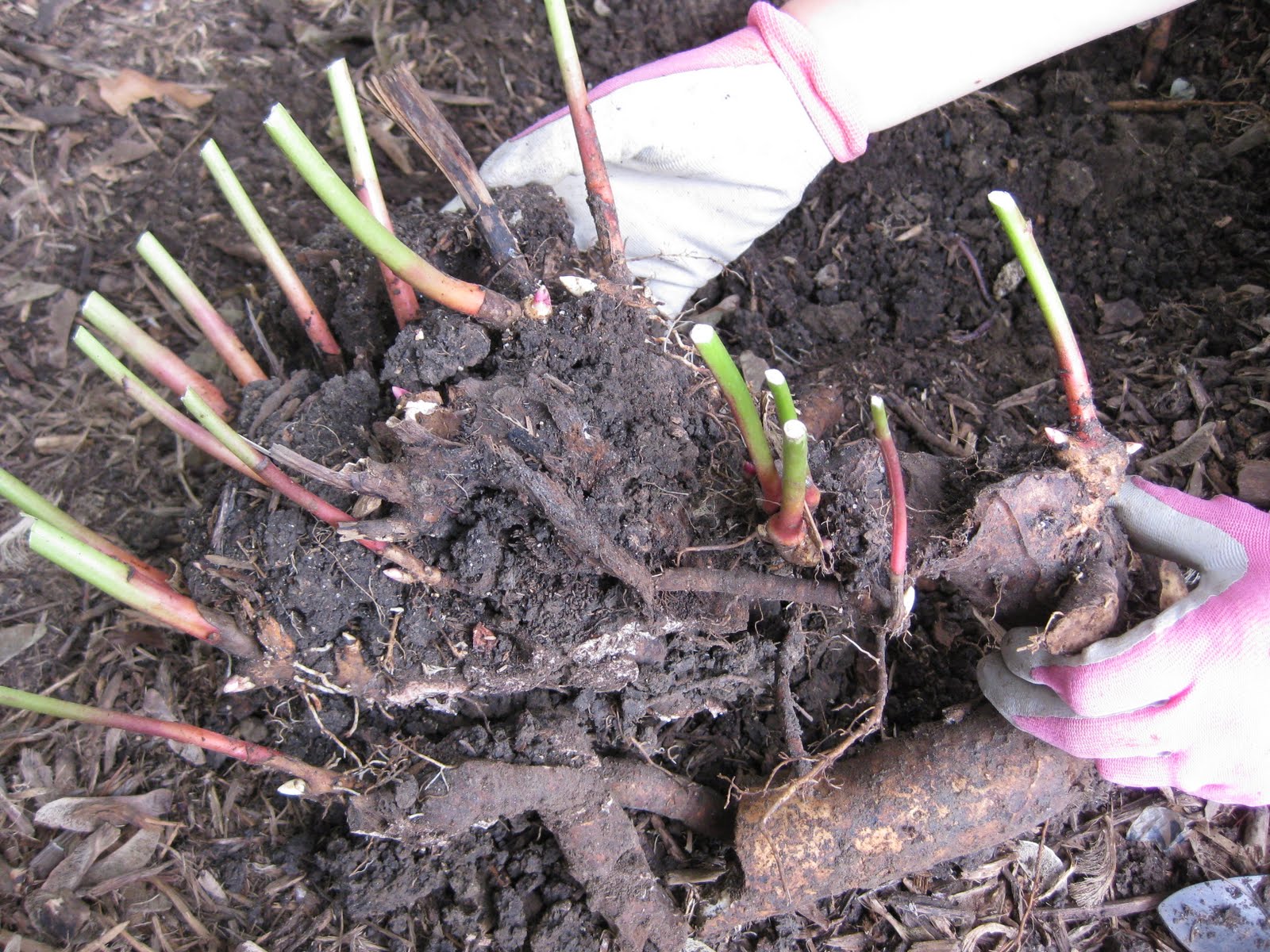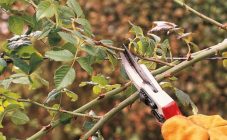Content:
Peony is a beautiful flower with lush bright greenery, large inflorescences and a wonderful aroma. There are two types: treelike and herbaceous, therefore it belongs to herbaceous perennials and deciduous shrubs.
The homeland of the peony is China. It was believed that the peony planted in front of the house does not let evil spirits into the room. Since the end of the 20th century, the annual Peony Festival has been held in the Chinese city of Luoyang.
In Russia, a personal plot or dacha is difficult to imagine without this flower. The plant is resistant to low temperatures and sharp temperature fluctuations, not requiring maintenance. It can grow in one place for up to 20 years or more.
However, to get beautiful large flowers, you must follow the rules of plant care. Usually the bush is looked after before or during its flowering period. However, it is important to care for them after flowering.
Caring for peonies after flowering in the garden
This period is quite important in the life of a flower. He must have time to regain his strength and prepare for the winter. At the same time, renewal buds are laid on the rhizome, intended for the growth of new stems. Two years or more pass from the appearance of the bud to the formation of the shoot, flowering on this shoot will be only after three years. Thus, mistakes in caring for peonies after flowering will appear after a few years.
Therefore, how well the bush will bloom in subsequent years depends on how correct the care of the plant will be at this time.
So how to care for peonies after they have bloomed? First, you need to cut off all faded inflorescences, and remove fallen petals from the ground.
Caring for peonies after flowering outdoors is as follows:
- the land under the bush should not be dry, so periodic watering of the soil is required;
- it is necessary to feed the plants at the right time;
- you need to periodically mulch or loosen the soil around the peony.
Watering rules
Peonies are bushes that have dense foliage that evaporates a lot of moisture. Therefore, they require abundant watering. An insufficient amount of moisture leads to the fact that weak flower buds are laid and, as a result, the bush will bloom poorly next year.
Flowers are watered about once a week (depending on the weather). Water consumption depends on the size of the bush. Usually, 1 to 3 buckets of water are spent on one plant. It is best to water in the morning or evening. In this case, sunburn of the plant will be excluded. It is best to irrigate in the evening, because evaporation of water decreases in the evening and at night, and more of it will get to the roots.
Before watering, you can dig a hole around the bush at a distance of 20-30 cm, up to 15 cm deep, and pour water into this hole. After the completion of watering, it is buried.
It is not recommended that water falls on the bush during watering, as wet buds can become stained, and the bush itself can get sick with a fungal disease.
Watering is stopped with the onset of autumn. However, you cannot throw it abruptly, so the volume of water is gradually reduced.
Feeding peonies
In order for the bush to have good flowering next year, it must form renewal buds. This requires the plant to have good nutrition.Therefore, during this period, it is imperative to fertilize peonies.
The bushes are fed with organic and mineral fertilizers. Top dressing is performed on wet ground. However, you cannot overfeed the plant either.
Immediately after the end of flowering, you need to fertilize the peony with an aqueous solution of a mullein in a ratio of 1:10. Before watering, a groove is made around the plant with a hoe and fertilizer is poured into it.
Thanks to such feeding, the peony undergoes intensive development of the root system, the formation of a large number of renewal buds, and the aerial part of the bush also develops well.
August and early September are the period when the peony needs to be fed with phosphorus-potassium fertilizers, which allow the bush to prepare for wintering. They have a beneficial effect on the strengthening of plant tissues. They are introduced into the grooves either dry or liquid. To prepare the working solution, take 10 liters of water and dissolve in it 15 g of phosphorus and potassium.
If feeding was carried out with dry compounds, then it is imperative to water the bush with water after filling the fertilizer. One bush consumes about 50 g of fertilizers.
After that, the grooves are covered with earth.
Role of trace elements
In addition to feeding with organic and mineral fertilizers, after flowering (usually July), it is necessary to feed the bush with microelements, which will better process the main nutrients.
The nutrient solution is used for foliar feeding. To make the microelements better adhere to the leaves, add 40 g of laundry soap grated on a grater to the solution. The solution is poured into a sprayer. With its help, they begin to process the bushes. Moreover, you need to try to process the bushes in such a way that the solution gets on each leaf of the plant.
Mulching or loosening
The peony develops well on light, loose soils, so after watering, you need to loosen the soil around the bush.
Loosening breaks the earthen channels, through which moisture from the earth rises to the upper layers and from where it evaporates into the environment. In addition, loosening removes weeds that sprout around the bush. Loosening must be performed constantly. However, instead of it, you can mulch the ground around the bush. Straw, hay, tree bark, sawdust, etc. are used as mulch. You can also use cut paper or cardboard. It is not recommended to use peat as mulch, since the plant does not develop well on peat soils.
Mulch, in addition to retaining moisture in the soil, allows you to control weeds. It has been experimentally proven that its layer, 5-7 cm thick, several times reduces the number of weeds. The soil under the mulch heats up less and, as a result, the roots in the upper part of the plant do not overheat. Thus, the correct microclimate for the development of the bush is maintained. In addition, by rotting, the materials used as mulch enrich the soil around the peony with microelements.
Summer bush care
After flowering, it is recommended to remove the wilted inflorescences together with part of the stem. Removing the entire stem is not recommended, as new peony buds develop from the nutrients that the leaves supply. Therefore, the larger the aerial part of the bush, the more nutrients will be supplied and spent on the formation and development of the kidneys.
Should peonies be trimmed immediately after flowering? It is not recommended to cut off the peonies' shoots early, as they will have time to regrow and may even discard the buds. At low temperatures, such a bush will die.
It is also not recommended to constantly cut off the flowering shoots, as this will greatly weaken the peony, and it will bloom much weaker next summer.
Reproduction of peonies by rhizome
The flower can be propagated in several ways: cuttings, dividing the bush, layering and even seeds.
However, the most popular methods are those based on propagation by rhizomes.
1 way
To propagate a peony bush, root cuttings are used.
Cuttings are harvested in the period starting from the last days of July to mid-October. The plots must be made in such a way that they have one accessory root and at least one peephole.
The order of harvesting cuttings:
- In the spring, it is necessary to dig a peony on one side and cut off the adventitious roots, the diameter of which is at least 1 cm.
- Then this root must be cut into sections 5 cm long.
- Prepared cuttings must be disinfected in a manganese solution for 90-120 minutes. To prepare a disinfectant solution, you need to dissolve 3 g of potassium permanganate in 10 liters of water.
- Then the plots are dried and the sections are treated with crushed wood or activated carbon. Drying ends when the slices are crusty.
- For better rooting of cuttings, it is desirable to treat them with growth stimulants. To do this, the roots are placed for 16 hours in a 0.01% heteroauxin solution.
Planting cuttings:
- Prepare the soil for planting. The soil should be light and neutral (pH 6-7). On acidic soils, peonies do not develop well and can hurt. Peonies grow well on loams.
- Prepared plots are planted to a depth of 5 cm and at a distance of 20 cm from each other.
Thus, several transplants can be performed from one root.
These cuttings should be planted to a depth of 3 to 6 cm and watered well. Renewal buds will be laid for 2-4 years.
If there are no shoots of young peonies in the spring, then you can wait until next year, since the buds are formed during the summer and will germinate only the next year.
After 2 years, the seedlings are transplanted to a permanent place.
However, this method cannot be applied to all varieties of flowers. For these purposes, a hybrid of Baroness Schroeder, Cowley, etc., as well as a medicinal peony, is suitable.
2 way
It is the main one for the propagation of bushes. This method consists in dividing the rhizome. The division time is April-May or August-September. However, it is preferable to propagate the peony this way in the fall. In the spring, the transplanted plant can immediately begin to actively grow, without even having time to take root. This can lead to bush disease. Also, during this period, the buds quickly start to grow; fragile shoots can be damaged during division.
If the division is carried out in the fall, then the division must be transplanted in such a way that it has time to take root before the onset of frost. Therefore, it is recommended to finish planting by September 15th.
The order of dividing the bush:
- The upper green part is cut off at the mother bush.
- Gently release the roots from the ground.
- The remnants of the earth are washed off the roots with water. This is to make the kidneys more visible.
- Then the rhizome is dried in the shade for several hours.
- Now the adventitious roots are cut to 10-12 cm in length.
- The roots are cut into plots with pruning shears so that each site has at least one adventitious root and 2-3 well-developed buds. The adventitious roots must be at least 1 cm in diameter.
- When dividing an old bush, you need to check that the roots are not diseased, rotten or damaged. Damaged roots should be pruned and bad areas removed. Sections are processed with crushed charcoal.
- Now it is necessary to again withstand the plots in the shade so that the cut points dry out.
In this way of reproduction, it is recommended to divide the bushes at least 3-4 years old.
Caring for young peonies consists in timely watering, loosening, mulching and removing weeds. You also need to protect the plants from the sun.
3 way
This option is called pruning breeding. In the spring, after the first shoots appear, they rake the place around the bush. The hole is dug to a depth of about 15 cm. At a depth of 5-7 cm, the roots are cut with a shovel.The resulting rhizome breaks down well into separate parts. Then the hole must be covered with earth, and the site must be mulched. The cuttings are planted in the prepared area as described in method 2.
Preparing peonies for winter
Late autumn is the time for pruning peony bushes. Pruning is done when the first frost occurs. Shoot pruning is performed at ground level.
Also, you can not tighten with pruning, since in this case rotting of the root system is possible. Winter can kill the plant.
The cut should be made as low as possible, since even a small stump left for the winter will inhibit shoot growth and reduce the quantity and quality of flowers.
If your area has harsh winters, the best way to protect your shrubs from cold temperatures is to use mulch.
The thickness of the layer depends on the region. If the cultivation is carried out in a temperate climate, then the thickness should be 10-12 cm, and in the northern region - up to 20 cm.
It is best to use humus for cover. When spring comes, this mulch is removed.
High-quality peonies care will allow you to decorate the garden with large and beautiful flowers, with a wonderful scent.
